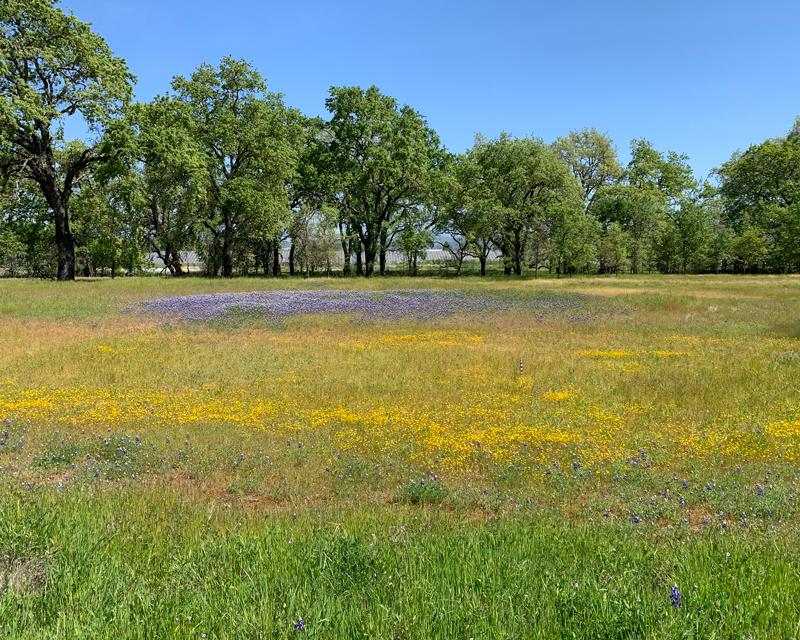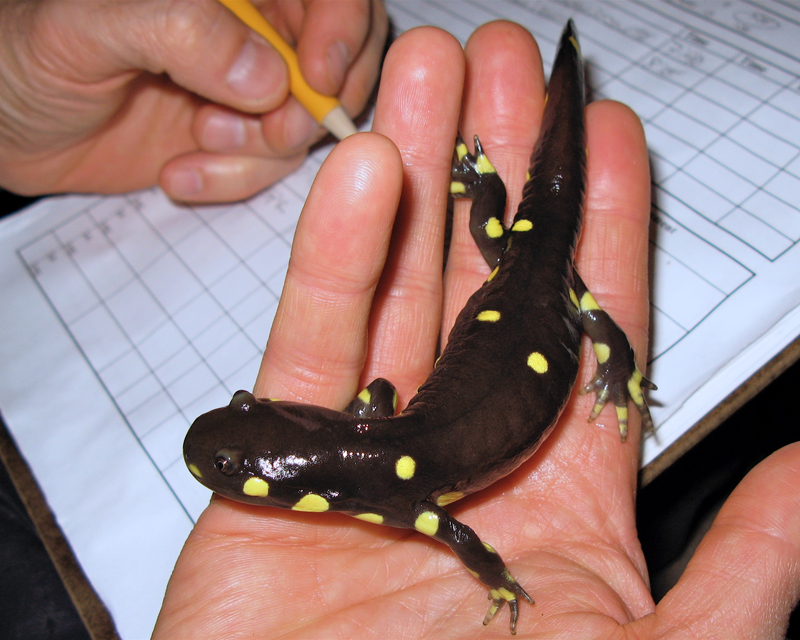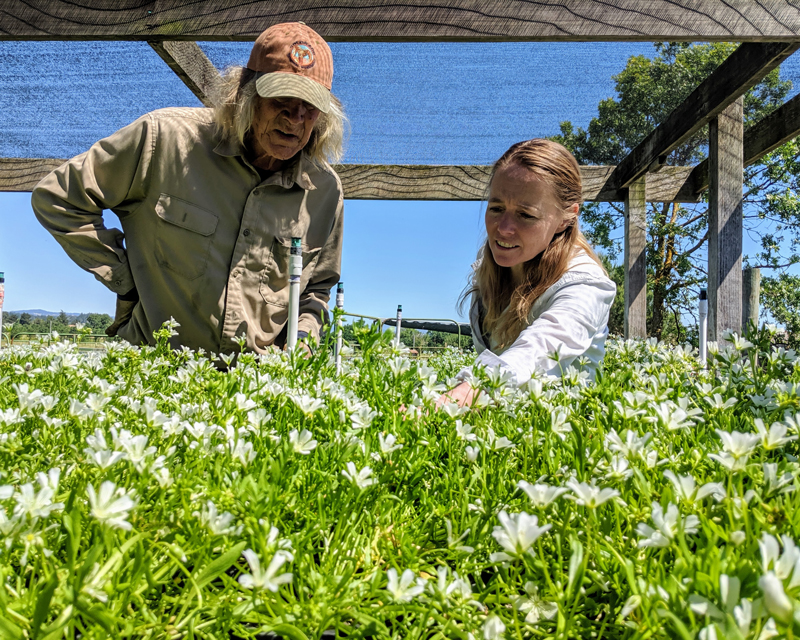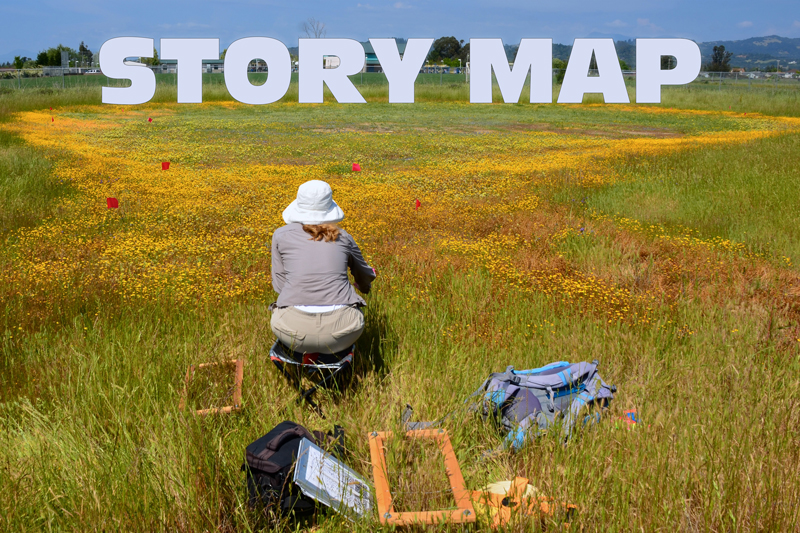Valley Oak Savannah |
|
 |
Valley oaks are found scattered across the grasslands and along creek corridors in the Santa Rosa Plain. The majority of mature trees are in an age class of 200 years and older. Valley oak populations have declined since the gold rush era due to removal for fuel, agriculture and urban development. The remaining trees are challenged by summer irrigation, compaction in the root zone, competition from introduced species and continuous grazing. Another challenge facing the savannah grassland are the proliferation and spread of non-native annual grasses that threaten native grassland species. |
Santa Rosa Plain Vernal Pool Ecosystem |
|

California tiger salamander. Photo by Jim Coleman
|
Vernal pools are temporary wetlands that were once abundant throughout California grasslands, providing habitat for many rare and endemic organisms. Today, less than 10% of vernal pool habitat remains across the state, and native vernal pool species are in serious decline. The Santa Rosa Plain (SRP) has lost 85% of its vernal pools within the last 50 years, having undergone a significant transformation, shifting from a largely rural residential, diverse agricultural, and extensive open space, with seasonal and perennial wetlands, vernal pool grasslands, and oak woodlands, to more and more urbanization and intensive agriculture. Through this change in land use the vernal pool ecosystem habitat on the SRP has suffered great losses, significantly reducing the number of populations of local endemic animal and plant species. Many are now federally and state listed as endangered, including one amphibian species, the California Tiger Salamander (Ambystoma californiense) and four endemic plant species Sebastopol meadowfoam (Limnanthes vinculans), Burke’s goldfields (Lasthenia burkei), Sonoma sunshine (Blennosperma bakeri) and many flowered navarretia (Navarretia leucocephala ssp. plientha). |
Vernal Pool Conservation Program |
|
 |
The Laguna Foundation monitors selected vernal pools on the Santa Rosa Plain, collecting data on rare plant annual trends, vegetation communities, and management/stewardship activities. Our results, combined with other vernal pool research, clearly demonstrate that disturbance (i.e. management) plays a critical role in maintaining the native diversity of these seasonal wetlands.
The Laguna Foundation’s conservation program includes research, restoration, and active management of vernal pool properties.
Vernal Pool Conservation Goals:
- Observations and data collection – these dynamic systems change every year, and our long term monitoring program allows us to collect data to better understand vernal pool ecosystem dynamics, make informed stewardship decisions and share our findings.
- Preserve stewardship and management – the Laguna Foundation has identified a need for local management of vernal pools, from private properties with willing landowners to properties with formal conservation requirements, such as mitigation properties or public lands with conservation easements.
- Restoration – degraded vernal pools can be enhanced through management, and in some cases, through re-introduction of endangered vernal pool species.
- Public education – wildflower walks and presentations for the public are offered to deepen appreciation and awareness of these unique habitats in the Laguna watershed.
|
Vernal Pool Story Map |
|
 |
Enjoy a visual journey and learn more about Vernal Pools on the Santa Rosa Plain by clicking through this engaging story map.
|
| ________________________________________________ |




